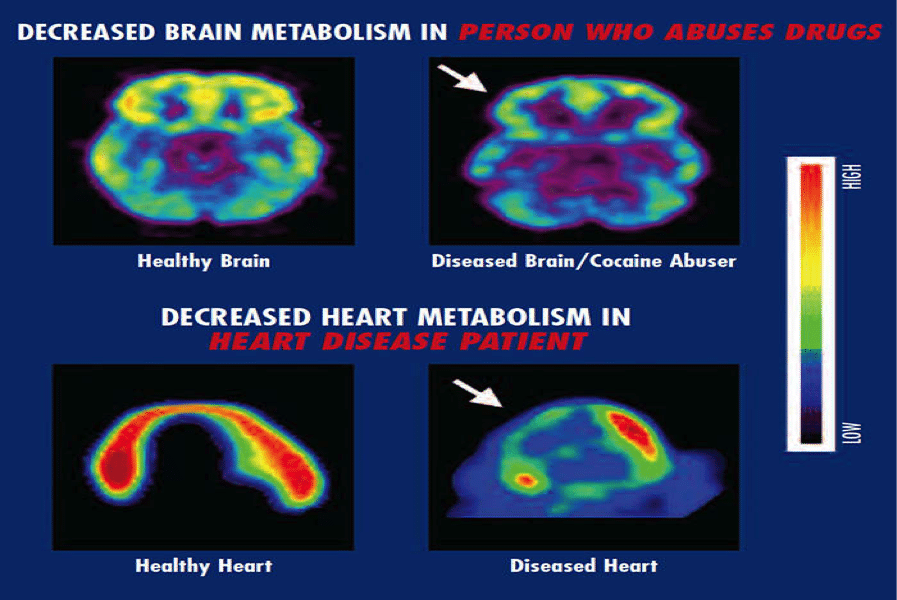Substance abuse recovery and treatment are unique to each.
The 12-step program was developed for an alliance of people coming together to help others also dealing with an addiction and find a way to move towards a path of abstinence.
Alcoholics Anonymous (AA) was the first 12-step program established and other support groups which have branched off from AA using the foundation of the model.
The core of the group process is to surrender the old ways of doing things and find trust and hope in letting go and letting God, your Higher-Self, the Divine Source, or Higher Power show the right path to recovery for each individual. This experience is very personal to a relationship to a higher power, something which has always felt out of reach for the individual who has a substance use disorder.
According to the Oxford Group, you must surrender to God everything that stands between Him and us. After all, sin at it’s core is anything that separates us from the love of God.
The Oxford Group has four points which are the keys to the kind of spiritual life God wishes us to lead.
These points are:
- Absolute Honesty
- Absolute Purity
- Absolute Unselfishness
- Absolute Love (F, Buchanan, 1947)
There is great wisdom in letting go of resentment and moving away from a focus on self rather than to find ways to give to the highest good of self and others.
The 12-Step programs promote the following fundamental beliefs:
#1. Addiction is a Disease
Addiction is defined as a chronic, relapsing brain disease that is characterized by compulsive drug seeking and use, despite harmful consequences.
It is considered a brain disease because drugs change the brain—they change its structure and how it works.
These brain changes can be long-lasting, and can lead to the harmful behaviors seen in people who abuse drugs Addiction is a lot like other diseases, such as heart disease. Both disrupt the normal, healthy functioning of the underlying organ, have serious harmful consequences, and are preventable and treatable, but if left untreated, can last a lifetime (National Institute on Drug Abuse (NID), 2014).
In the diagram below you can see the impact alcohol and drugs have on the brain and the heart.
Source: From the laboratories of Drs. N. Volkow and H. Schelbert
#2. Addicts Require the Support of Other Recovering Addicts
As with any disease, it is powerful when you have the availability to find out that you are not alone.
#3. Reliance on a “Power Greater Than One’s Self” is Fundamental
When a person uses drugs and alcohol as an escape or as a coping mechanism, it pull’s the person into “self.” This position or perception does not allow the individual to see anything outside of self except to feel sorry for oneself.
Understanding that up until now the substances have not added value to a person’s life but in fact destroyed their life by taking away everything that has meaning for them.
#4. Abstaining From the Addictive Behavior is the Basis of Recovery
Unfortunately for an individual with a substance use disorder, it is difficult to stop at one drink or one pill.
#5. Recovery is a Lifelong Process
The percentages of relapse are high and show that recovery is ongoing. Again, as with any disease, there are daily living routines that must be accomplished to stay in recovery.
#6. Supporting Others in Recovery is Necessary for Lasting Commitment and Stability
The AA groups allow this process to take place as sponsors are assigned to support the individual outside of the group process.
#7. Accepting the Limitations of Being Human is Essential
When we think we can do it all is where the problems arise because there is always a limitation even when we are willing we may not be able.
Each step builds on the previous step and the development of a progressive course of action.
The lesson begins with an individual’s acceptance of their inability to control their addiction alone and open to accept the support of others to remain abstinent.
There is also a gained awareness of how the individual must take responsibility for their own actions and characteristics in order to bring change in their life and not slide back into the old habits of using to address challenges.
The final steps will require self-reflection and finding an application of meaning and purpose for the reflections. Finally, steps 10 through 12 focus on maintaining recovery.
Group participants frequently spoke of the need to find the right pathway, because what works for some may not work for others. Several said they tried many methods to end their addiction before finding a method or methods that worked for them.
PaTH Program
Pathways to Healing (PaTH) is a dual-diagnosis treatment program for young men struggling with substance abuse, mental health concerns, and often both. The New Roads Treatment PaTH program uses a holistic, community-focused treatment model, with a foundation in research and proven results.
One male participant explained,
“I stopped drinking because I told myself I was going to stop drinking, but nobody came along the next day and challenged me by doing something that would cause me to have a drink. He said that although he was never in a formal recovery program, he had a strong informal support group of former drinkers, who encouraged him to quit drinking.”
The complex disease of addiction requires a comprehensive treatment approach. When an individual feels like they can participate in their care plan for their recovery process, they become invested in the outcome and accountable to each step on the path of healing.
The PaTH process encourages the growth of the individual and coping strategies which includes life skills and self-reliance. In addition to the 12-Step Group Meetings, New Roads Treatment Program offers:
- Random drug testing
- Medical management
- Group therapy sessions
- Individual therapy sessions
- Family therapy sessions
- A relapse prevention plan
- Offers residential setting
- Recreation
- Transitional planning prior to discharge
When humanity finds a way to take away the stigmatism associated with both mental health and substance abuse, only then will those who have attempted to hide their addiction from others will begin to seek help.
Too many times a person fails to get help before it is too late. The number of persons dying from overdoses reflects that we have a long way to go.
According to the CDC, the death rate from drug overdoses is climbing at a faster rate than other causes of death, jumping to an average of 15 per 100,000 in 2014 up from nine per 100,000 in 2003. The collateral damage from substance abuse and deaths from overdoses is devastating.
If you are struggling with substance abuse please reach out and ask for help and become part of the “collateral beauty” formed by those who choose love and find hope.
New Roads Treatment for more information is available on their website at www.newroadstreatment.org.
References
NIDA. (2014, July 1). Drugs, Brains, and Behavior: The Science of Addiction. Retrieved from https://www.drugabuse.gov/publications/drugs-brains-behavior-science-addiction on 2017, August 23


